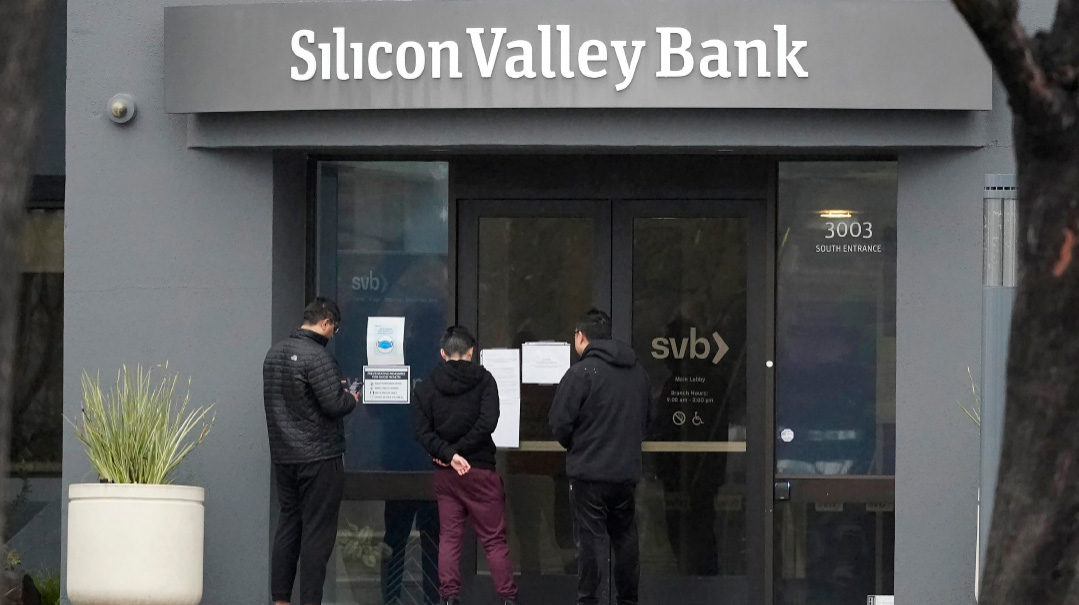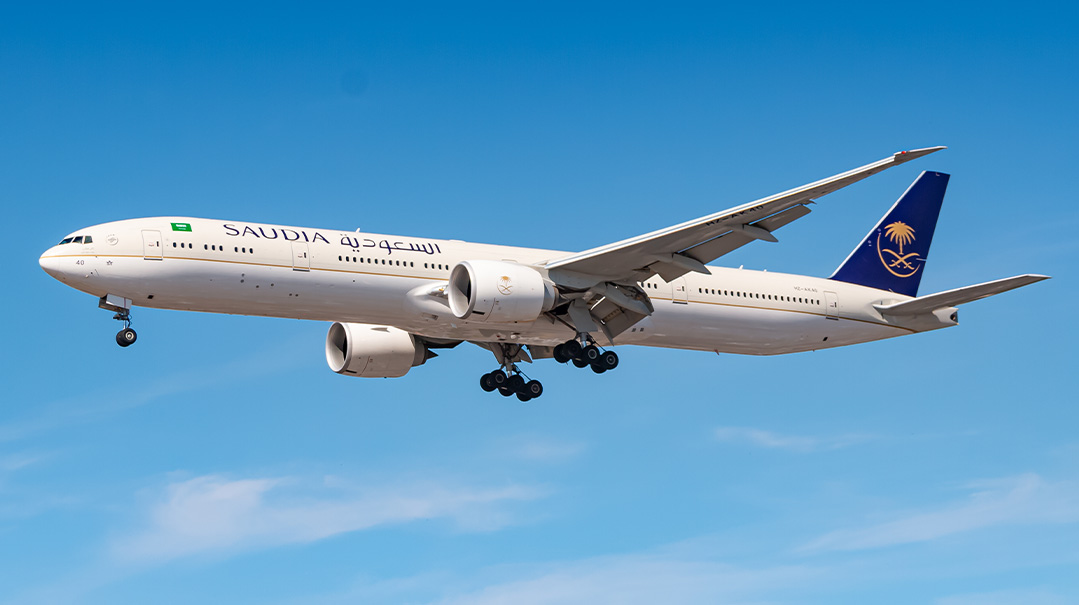A Roller Coaster Year

The ride appears to be far from over

This year took us on a wild ride — the Covid roller coaster.
Just 11 months ago, President Trump informed the nation late at night that he and his wife had contracted COVID-19. He would later be hospitalized.
The political drama, weeks before the 2020 presidential election, dovetailed with the catastrophe of the global pandemic. There’s obviously no good time to contract Covid, but the timing was particularly disastrous for Trump. Right after the presidential debate, in which Trump tried to energize his base with an aggressive performance, he found himself in the hospital. Trump ended up recovering quickly and returned to the campaign trail days later, but the drama shifted public attention to the administration’s handling of the pandemic, away from the president’s preferred focus on immigration, the economy, the Supreme Court, and his string of foreign policy successes — notably the Abraham Accords between Israel and four majority Muslim countries.
Since then we’ve experienced many more twists and turns, and the ride appears to be far from over.
Covid vaccines received emergency FDA authorization, and half the US population was inoculated in a lightning campaign, dramatically cutting infection rates by early summer. Cases fell from 300,000 a day on January 8 to just 4,000 on June 20. America started going back to work, and unemployment was on the wane.
But then, just when restrictions began being lifted, the Delta variant struck. The virus may have changed form but is far from gone. As of this writing, the US has 199,000 cases — and hospitals in states such as Alabama are nearing capacity.
The rising curve of cases, hospitalizations, and deaths, is raising questions for the coming year. Will schools open as usual? Will businesses be able to continue operating? What about sitting in closed spaces?
This uncertainty has also impacted the world economy. Before the pandemic, few gave much thought to supply chains, but in times of emergency, it suddenly becomes apparent that when one link is broken, the entire economy starts floundering.
With the lockdowns, countless people bought new laptops to work from home. At the same time, many became wary of public transport and bought a new car. According to figures provided by the White House, last year saw a 15-year record in auto sales.
Laptops, iPhones, and cars all use computer chips. The surge in demand for these products caused a worldwide shortage in chips, the result of which is that it’s currently almost impossible to buy a new car in America. At last check, the waiting time is 45 days.
The same applies to furniture, clothes, and other imported goods. On average, retailers in America (mostly supermarkets) had inventory for 43 days in February 2020, compared to just 33 days now. And if you thought we were done with shortages and shopping restrictions, just last week Costco announced that it will impose purchase limits on toilet paper and paper towels. In fact, 36 percent of small businesses reported supply delays.
Both the US and Israel have enough vaccines, but the year ahead still looks highly uncertain. A new popular term is “the hybrid work model.” Today’s 20-somethings will likely spend most of their professional careers in some arrangement that combines part-time office presence with work from home — something which would have sounded like a pipe dream two years ago, when 9 to 5 was an integral part of the country’s work culture.
There will be other consequences. The large-scale emigration from crowded urban environments to comfortable suburbs will transform both the real estate and job markets in coming years. In July 2020, the height of the virus, when many were desperate to move, 85,000 houses were sold in America, the highest number since April 2007. This, along with the infrastructure reform that Biden hopes will pass the House this month, will reshape the American economy beyond recognition compared to before the pandemic.
What should we look out for next year?
49%
Biden’s current disapproval rate, the worst since his inauguration. An overwhelming majority of Americans wanted to leave Afghanistan, but few supported the hurried, chaotic, disorganized withdrawal. For Biden, who touted 47 years of foreign policy expertise in his campaign, it was a brutal humiliation. The question remains whether he’ll be able to shake this off, or if it will haunt him all the way to 2024.
Change of Guard
The last year saw complete roster changes in the leadership of Israel and the US. The Biden administration and Bennett government are still getting to know each other. This won’t be easy given that the two leaders are of opposite views on the Palestinian conflict: Biden still supports the two-state solution, but it’s clear that with such a patchwork coalition in Jerusalem, progress on peace is probably impossible. Biden and Bennett will have to find other ways to earn each other’s trust in the meantime.
The Abraham Accords
Yair Lapid and Tony Blinken are eager to achieve some kind of Middle East diplomatic breakthrough, to show the world that Bibi and Trump weren’t the only ones who could achieve success in this arena. The new team hopes to capitalize on other opportunities, such as Oman, Indonesia, and Saudi Arabia, which didn’t ripen into full normalization under the previous administration.
The Iran nuclear deal
Talks on a new deal are now shrouded in doubt. Iran’s new president is even more extreme than his predecessor, and isn’t hurrying to return to the negotiating table. The eager Americans now understand that this is far from a done deal. The Iranians meanwhile are violating more clauses in the agreement and inching closer to the nuclear threshold. The coming year could see a decisive change in the West’s attitude toward Iran.
(Originally featured in Mishpacha, Issue 876)
Oops! We could not locate your form.







